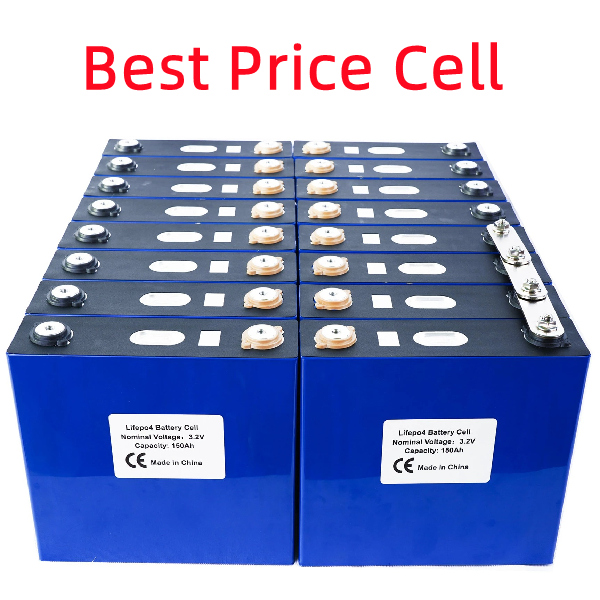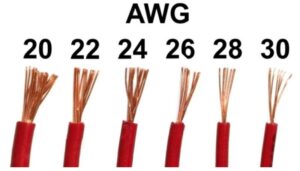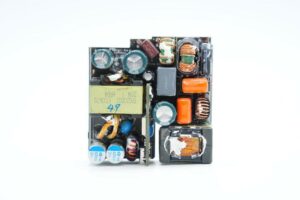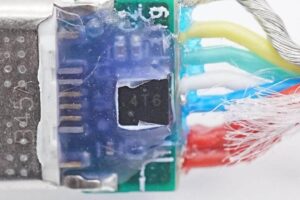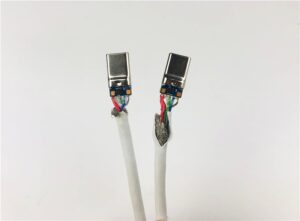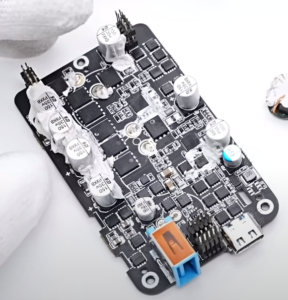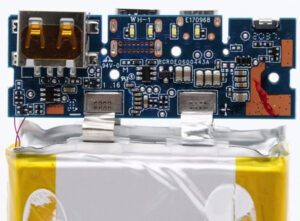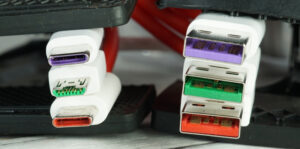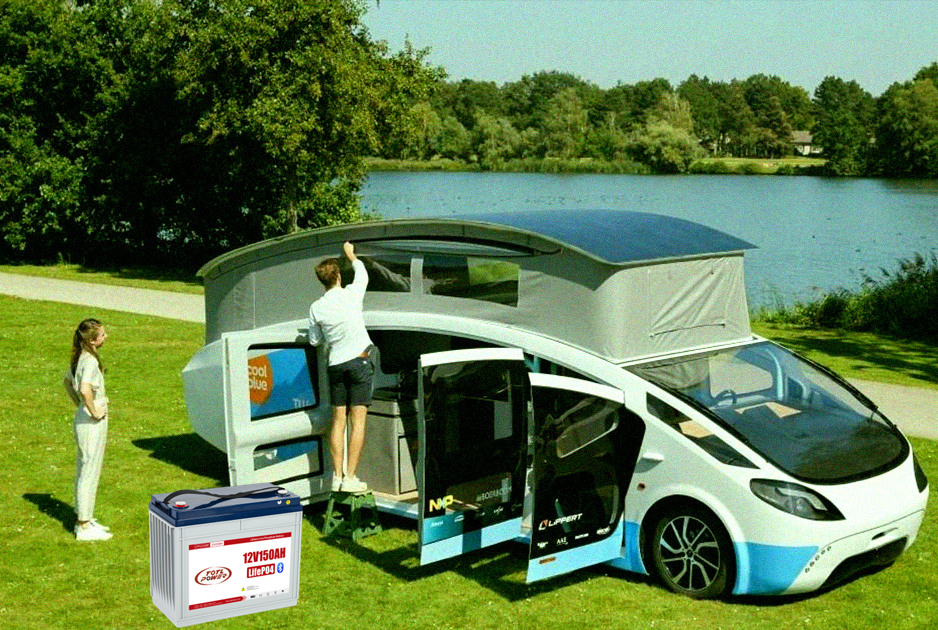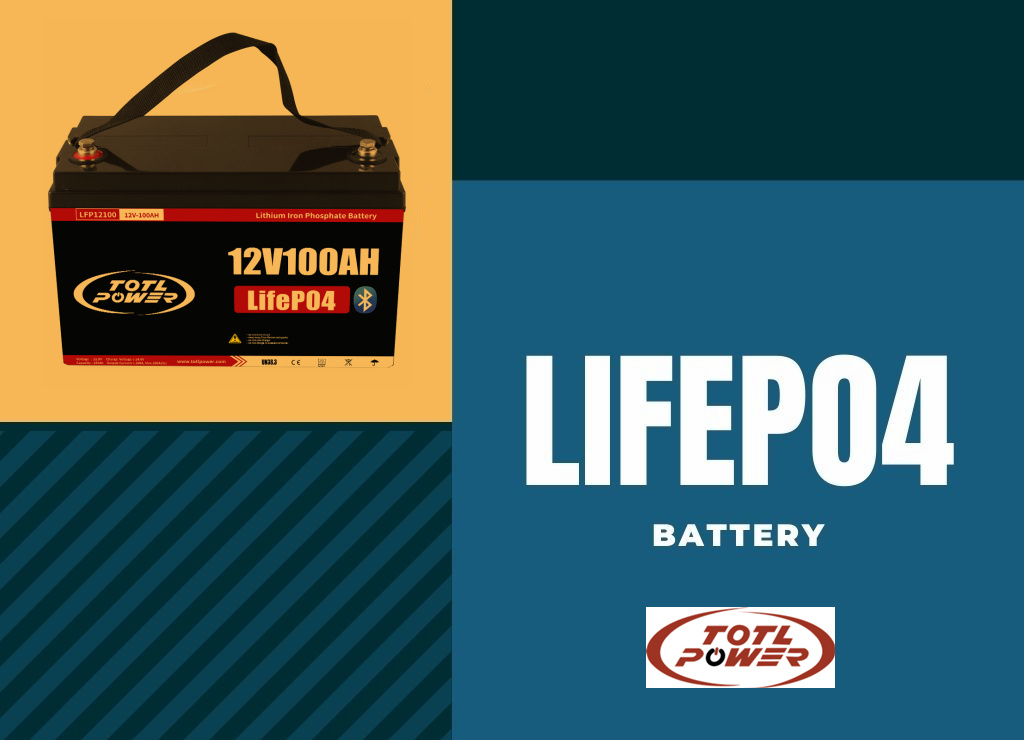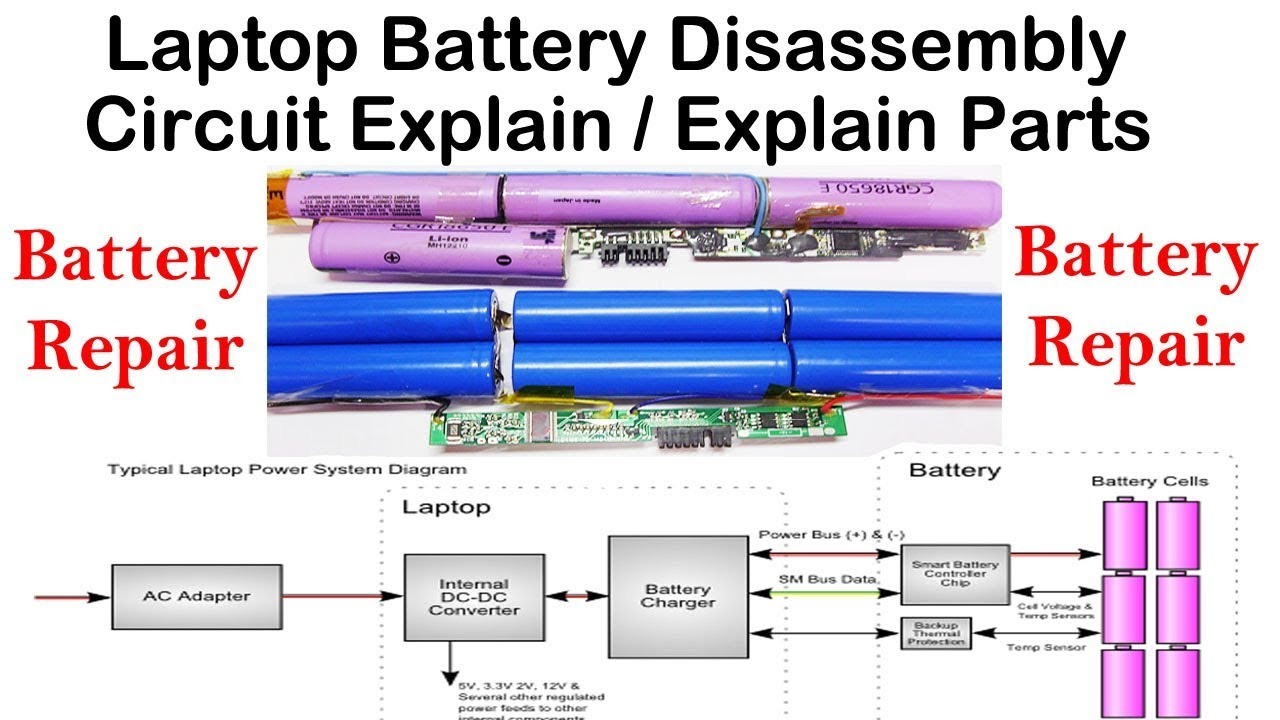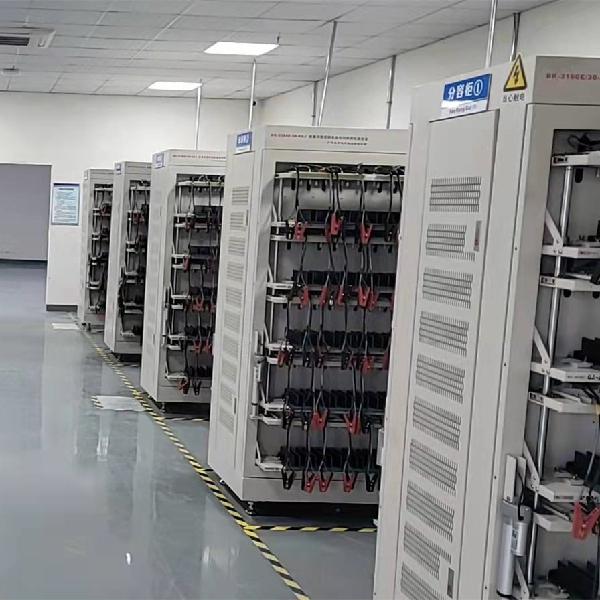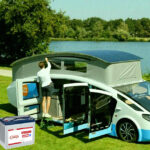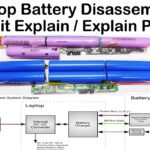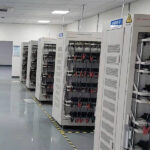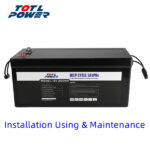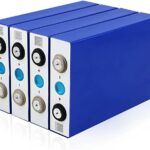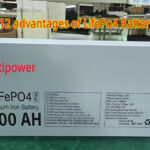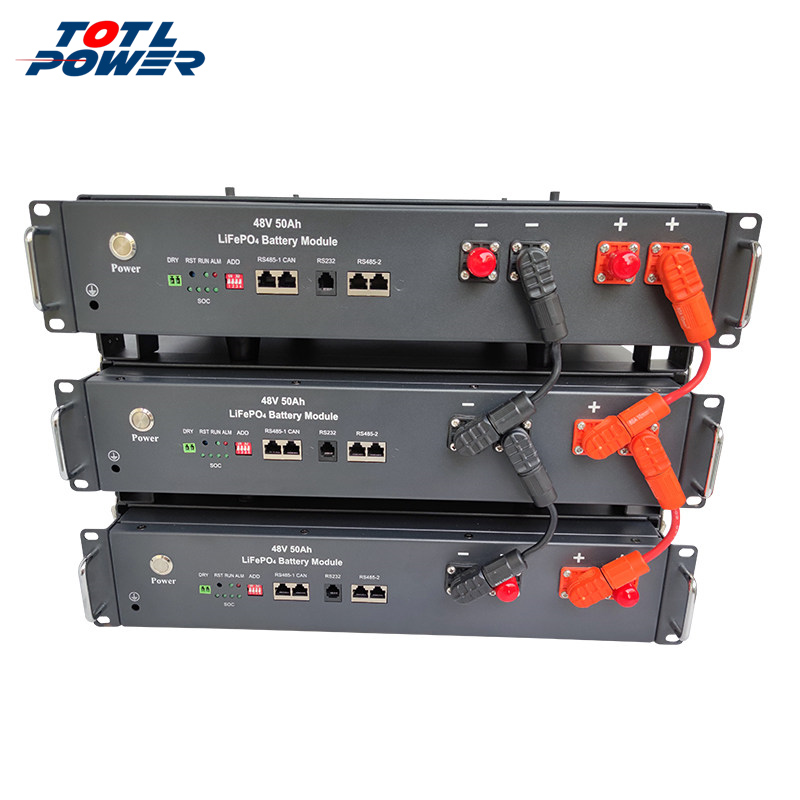5 Advantages of LifePo4 Battery
Lithium iron phosphate batteries (LiFePO4 Battery or LFP) offer lots of benefits compared to lead-acid batteries and other lithium batteries. Longer life span, no maintenance, extremely safe, lightweight, improved discharge and charge efficiency, just to name a few. LiFePO4 batteries are not the cheapest in the market, but due to a long life span and zero maintenance, it’s the best investment you can make over time.
1. Longer Lifespan
Super B lithium iron phosphate batteries live up to 5000 cycles at 80 percent depth of discharge, without decreasing in performance. The average lifetime of lead-acid batteries is just two years.
2. No Maintenance
Super B lithium iron phosphate batteries (LiFePO4 Battery) don’t require active maintenance to extend their service life. Also, the batteries show no memory effects and due to low self-discharge (<3% per month), you can store them for a longer period of time. Lead-acid batteries need special maintenance. If not their life span will be decreased even more.
3. Lighter Weight Champion
Super B lithium iron phosphate batteries (LiFePO4 Battery) offer high power density which causes lithium batteries to be relatively small and light. Compared to lead-acid batteries lithium provides great energy density and are at least half the mass. Go for lithium if you want to reduce concerns about battery weight and size!
4. Higher Efficiency
Super B lithium iron phosphate batteries (LiFePO4 Battery) have 100% of their capacity available. Additionally, their fast charge and discharge rates cause them to be a great fit for all sorts of applications. Fast charging reduces any downtime and increases efficiency. High discharge pulse currents deliver bursts of power in a short amount of time.
5. More Safety
To achieve high safety with our batteries, we use only the highest quality cells of the safest technology available today: lithium iron phosphate (LiFePo4 Battery or LFP Battery). In combination with our Battery Management System (BMS) developed by our innovative engineering team, we can guarantee the safety and reliability of our batteries.
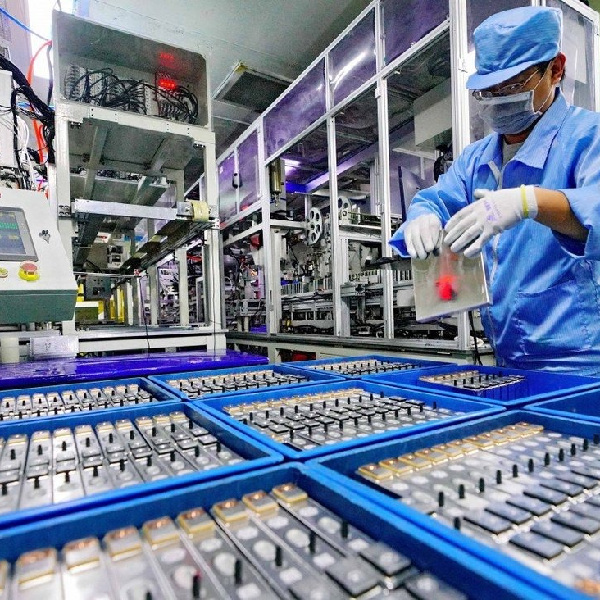
4 Tips need to know for Lifepo4 Battery
LiFePO4 chemistry lithium cells have become popular for a range of applications in recent years due to being one of the most robust and long-lasting battery chemistries available. They will last ten years or more if cared for correctly. Please take a moment to read these tips to ensure you get the longest service from your battery investment.
Tip 1: Never over charge/discharge a cell!
The most common causes for premature failure of LiFePO4 Battery are overcharging and over-discharging. Even a single occurrence can cause permanent damage to the cell, and such misuse voids the warranty. A Battery protection System is required to ensure it is not possible for any cell in your pack to go outside its nominal operating voltage range,
In the case of LiFePO4 chemistry, the absolute maximum is 4.2V per cell, though it is recommended that you charge to 3.5-3.6V per cell, there is less than 1% extra capacity between 3.5V and 4.2V.
Over charging causes heating within a cell and prolonged or extreme overcharging has the potential to cause a fire. EV Works Takes no responsibility for any damages caused as a result of a battery fire.
Over charging may occur as a result of.
- Lack of a suitable battery protection system
- Faulty of infective battery protection system
- incorrect installation of the battery protection systemEV Works takes no responsibility for the choice or use of a battery protection system.
At the other end of the scale, over-discharging can also cause cell damage. The BMS must disconnect the load if any cells are approaching empty (less than 2.5V). Cells may suffer mild damage below 2.0V, but are usually recoverable. However, cells which get driven to negative voltages are damaged beyond recovery.
On 12v batteries the use of a low voltage cutoff takes the place of the BMS by preventing the overall battery voltage going under 11.5v no cell damage should occur. On the other end charging to no more than 14.2v no cell should be overcharged.
Tip 2: Clean your terminals before installation
The terminals on top of the batteries are made from aluminium and copper, which over time builds up an oxide layer when exposed to air. Before installing your cell interconnectors and BMS modules, clean the battery terminals thoroughly with a wire brush to remove oxidation. If using bare copper cell interconnectors, these should be cleaned too. Removing the oxide layer will greatly improve conduction and reduce heat buildup at the terminal. (In extreme cases, heat buildup on terminals due to poor conduction has been known to melt the plastic around the terminals and damage BMS modules!)
Tip 3: Use the right terminal mounting hardware
Winston cells using M8 terminals (90Ah and up) should use 20mm long bolts. Cells with M6 terminals (60Ah and under) should use 15mm bolts. If in doubt, measure the thread depth in your cells and ensure that the bolts will get close to but not hit the bottom of the hole. From top to bottom you should have a spring washer, flat washer then the cell interconnector.
A week or so after installation, check that all your terminal bolts are still tight. Loose terminal bolts can cause high-resistance connections, robbing your EV of power and causing undue heat generation.
Tip 4: Charge frequently and shallower cycles
With lithium batteries, you will get longer cell life if you avoid very deep discharges. We recommend sticking to 70-80% DoD (Depth of Discharge) maximum except in emergencies.

